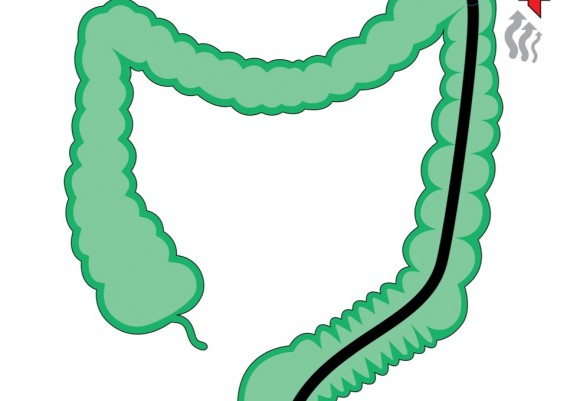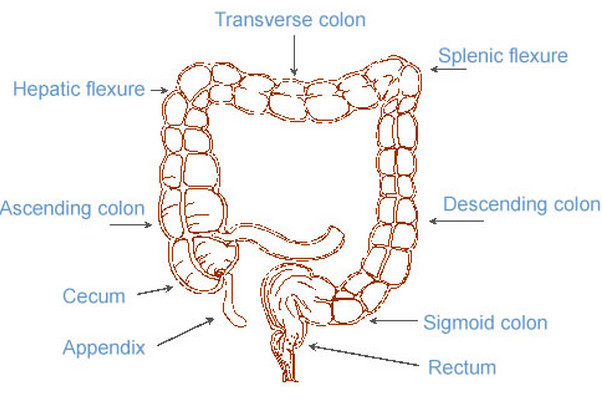

This can help us note the diet regimen of the client. It shall assist us in determining if their diet has caused the presenting symptoms of the client. This may not be definitive, but it can assist in the process of identifying the cause. This can point out significant presenting symptoms of the client which is related to the disease. Collecting the client’s medical history can help in the diagnosis of splenic flexure syndrome. Reviewing the client’s clinical data can help rule out other possible conditions that involve the gastrointestinal system.The following diagnostic steps may help in the process of attaining the cause of the problem: Alcohol can also increase the chances of gas trapping in the colon. Chewing of gums can also increase gas contents in the gastric area.Ī definitive diagnostic examination of splenic flexure is not available in the medical field.

Complex sugars such as fructose and raffinose are highly causative of the syndrome. Intake of beans, broccoli, lactose, peas, potatoes, sodas, soy beans and wheat can increase gas formation. There are gas-forming foods known to cause splenic flexure. Eating foods that are gas-forming and are fatty can result to such state. When too much space has been accumulated in the gastric area, it is expected that one shall suffer from discomfort. When gas is trapped in the gastrointestinal tract, this shall then become the source of discomfort for the client. Passing or relief from gas is a difficult task for this condition.

Anatomy of the Colon Showing the Splenic Fissure Symptoms


 0 kommentar(er)
0 kommentar(er)
